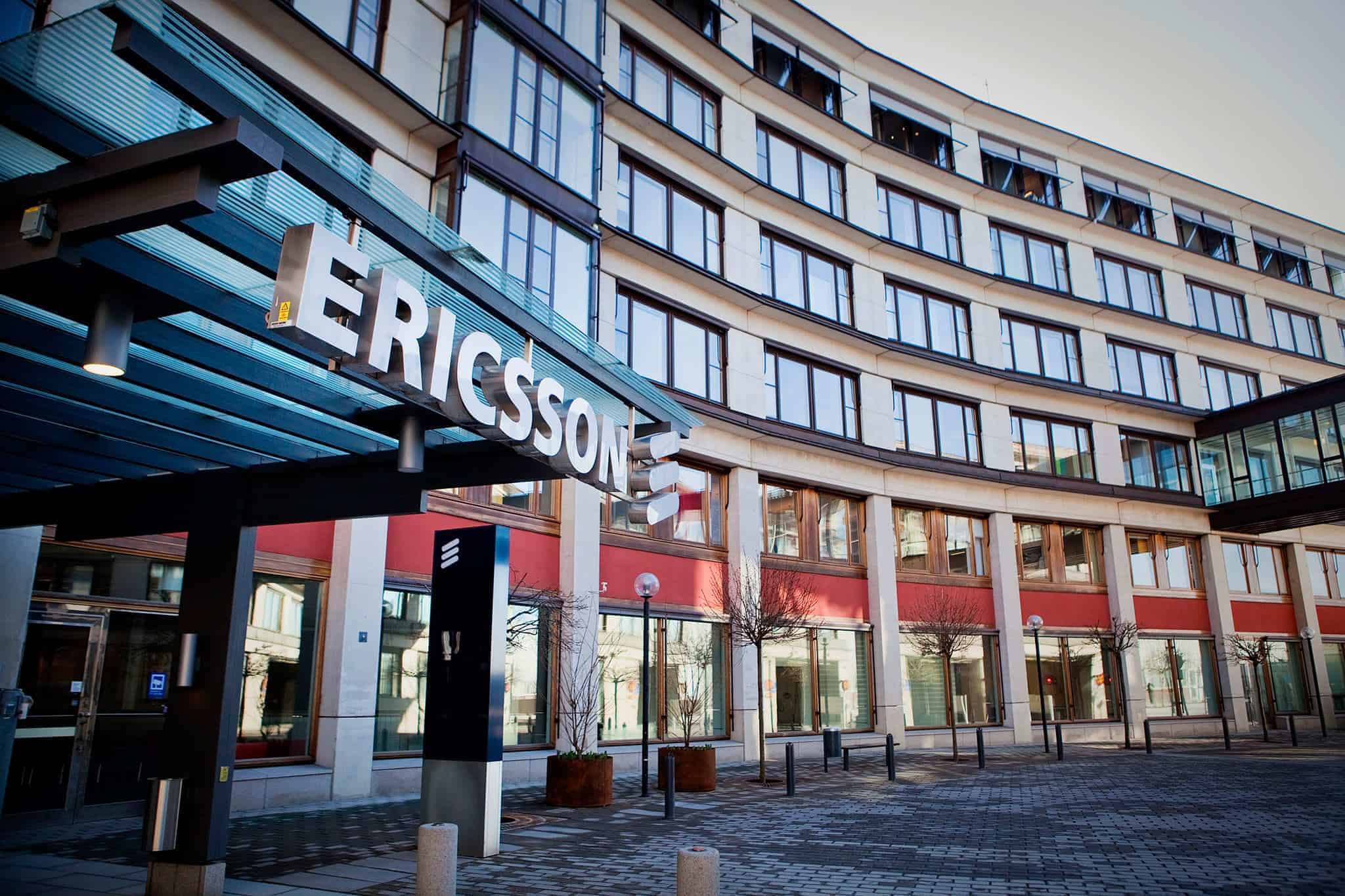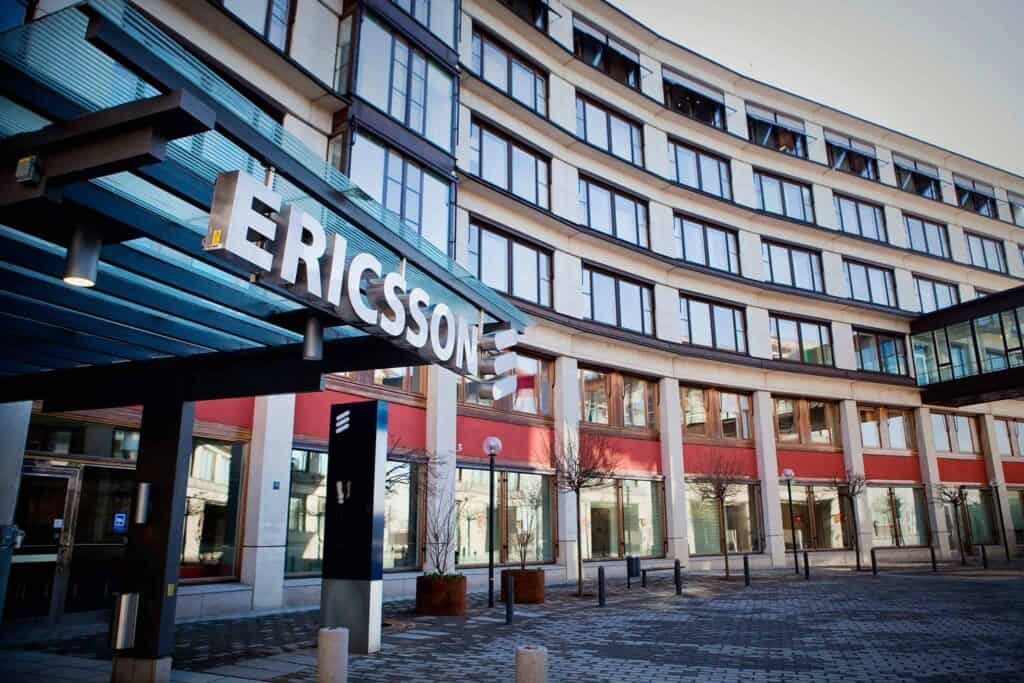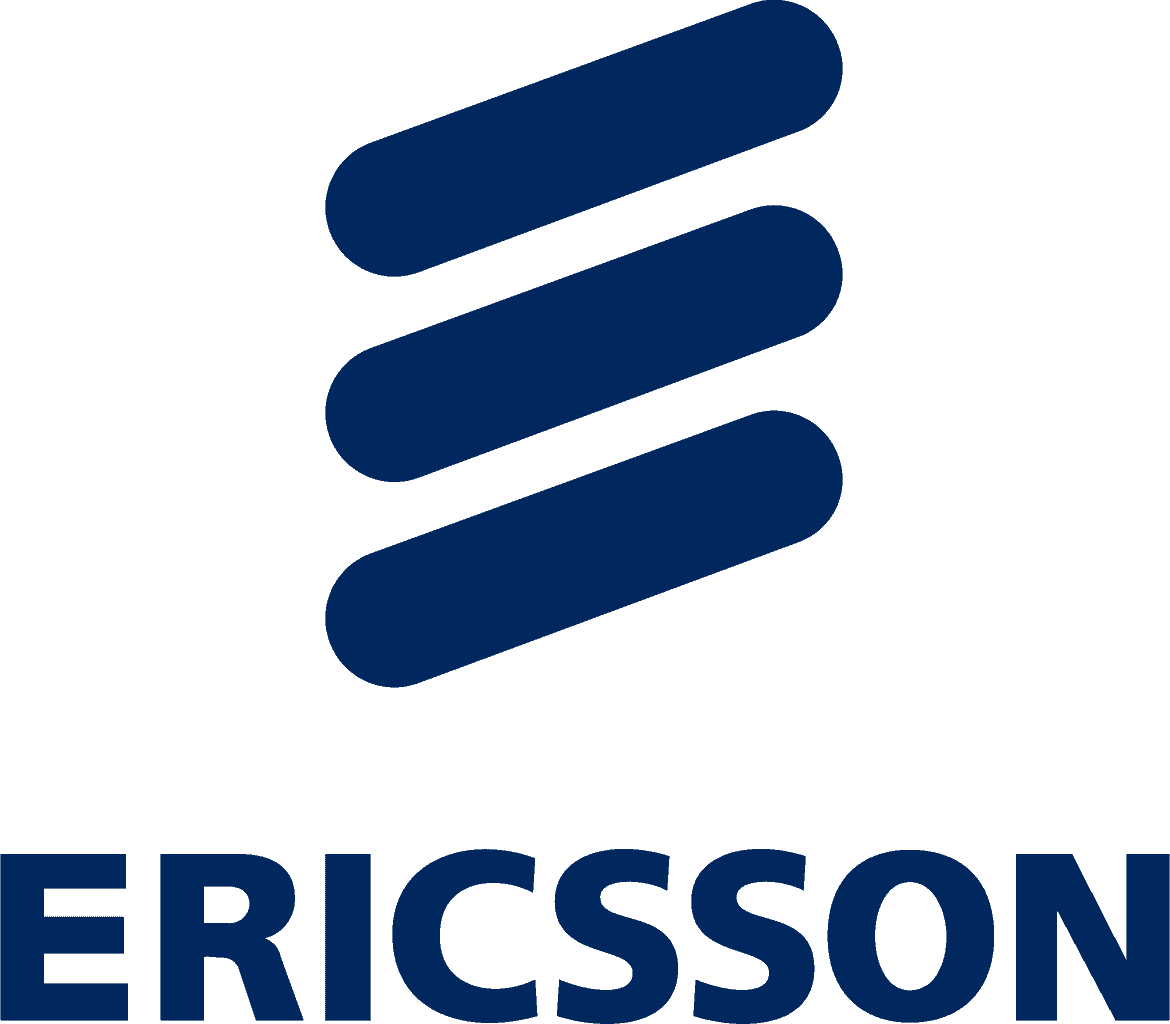
How Ericsson is leveraging cloud native to enable 5G transformation
Challenge
As the telecom industry shifts to 5G, new business models and use cases across all industries will be enabled. “These use cases will demand highly reliable networks, low latency, high bandwidth, distributed cloud, AI/ML and a specific network slice,” says Balaji Ethirajulu, Senior Director Product Management at Ericsson. “To deliver services efficiently to all industries, service providers require more automation, low total cost of ownership (TCO), faster time to market, high reliability, and high security.”
Solution
Considering the above challenges, the Ericsson team analyzed various technologies and chose cloud native and several open source technologies including Kubernetes in their portfolio to address the needs of 5G networks, new business models, and use cases enabled by 5G. For instance, Ericsson’s dual-mode 5G Core, which utilizes several CNCF technologies and adapts them to telco needs, is now used by several major global operators. In addition, Ericsson has its own Kubernetes distribution called Cloud Container Distribution, certified by CNCF.
Impact
“Cloud native design and technologies bring automation, scale, performance, efficient operations, faster time to market, improved CI/CD pipeline, and easy introduction of new software or features without disturbing the entire application,” says Ethirajulu. “It also helps to meet some of the edge needs and achieve optimum utilization of infrastructure, thus reducing the TCO.”
By the numbers
Feedback time from services deployed in multiple applications
Went from weeks to hours
Upgrading microservices
Now takes seconds to a few minutes
Cloud native is key for 5G transformation
Ericsson is one of the leading providers of Information and Communication Technology (ICT) to service providers and every sector of society.
For more than a century, Ericsson has been a top manufacturer of telecom equipment, with about 40% of the world’s mobile traffic carried through Ericsson’s networks. Some of Ericsson’s major innovations include HEVC (High Efficiency Video Coding), Radio DOT system, several mobile generations technologies, AMR (Adaptive Multi-Rate audio codec), Bluetooth, and the Erlang programming language.
The company has also played an instrumental role in creating a global standard for mobile communications around the world starting with 1G. Now, Ericsson is at the forefront of the push into 5G.
“For the past several years, many new technologies such as software defined networks (SDN), AI/ML, orchestration, virtualization, and microservices architecture/cloud native entered the telecom industry propelling the 5G transformation. These new technologies will enable new business models and use cases across all industries,” says Balaji Ethirajulu, Senior Director Product Management at Ericsson.


At the same time, he adds, “the use cases will demand highly reliable networks, low latency, high bandwidth, and a specific network slice. To deliver services efficiently to all industries, service providers require more automation, CI/CD, low total cost of ownership (TCO), edge compute, network and service agility, faster time to market, high reliability, and high security.”
In search of a way to deliver a highly demanding 5G network, the Ericsson team analyzed various technologies and chose cloud native, adopting many open source technologies including Kubernetes.
“Cloud native is critical for telecom applications in 5G,” says Ethirajulu. “Cloud native design and technologies bring automation, scale, performance, efficient operations, faster time to market, improved CI/CD pipeline, and easy introduction of new software or features without disturbing the entire application. They also help to meet some of the edge needs and achieve optimum utilization of infrastructure, thus reducing the TCO.”
To deliver a highly demanding 5G network, Ericsson decided to utilize the cloud native technologies in many of its products: the dual-mode 5G Core and Ericsson Cloud Native Infrastructure including the Kubernetes distribution known as Cloud Container Distribution (CCD). Ericsson has deployed microservices and container-based cloud native applications in the operator network. For these products, the Ericsson team utilizes several CNCF technologies and adapts them to telco needs.
“Cloud native is critical for telecom applications in 5G.”
— BALAJI ETHIRAJULU, SENIOR DIRECTOR PRODUCT MANAGEMENT AT ERICSSON
Cloud native principles and microservice architecture “provide the elasticity to scale according to capacity needs, performance, efficiency, and speed,” says Ethirajulu. “Importantly, they also supply a software solution agnostic of the underlying infrastructure, delivering flexibility and cost efficiency for service providers. Basing Ericsson software on modular microservices improves software quality, minimizes risks, and brings new functionalities to the market faster.”
Feedback time from services deployed in multiple applications went from weeks to hours, and upgrading microservices now takes between seconds to a few minutes.
Ethirajulu notes that one of the main concerns customers have about virtualizing their network functions is backward compatibility. “They want to make sure their virtual network functions (VNFs) can interoperate with their physical network functions and their older infrastructure,” he says. “This is an important consideration, of course; but even more important is how best to develop, test, deploy, and manage telco applications to take advantage of the new capabilities provided by cloud.”
“Cloud native starts from scratch. Its objective is to deliver telco applications that help your business launch new services in days instead of months, with the reliability expected of the telco industry.”
— BALAJI ETHIRAJULU, SENIOR DIRECTOR PRODUCT MANAGEMENT AT ERICSSON
In order to do that, Ethirajulu points to these best practices:
- “Cloud native starts from scratch. It is an approach to building, testing, deploying, and running applications that exploits the advantages of cloud. Its objective is to deliver telco applications that help your business launch new services in days instead of months, with the reliability expected of the telco industry.”
- Because of the special demands a telecom environment puts on network applications and cloud infrastructures, network services for telecom must have predictable performance and latency. “They must be available at all times without disruption,” he says. “If the complexity and resource-intensive conditions of today’s telecom environments are replicated in cloud, its business agility and operational efficiency will not be realized. So cloud native applications for telecom must be designed to take advantage of automation and software-defined infrastructures (SDIs) to reduce complexity within a multi-vendor environment.”
- Continuous software integration, delivery, and deployment (CI/CD) is fundamental. In addition to the continuous flow of software upgrades, Ericsson is now introducing “zero touch” to automate the software pipeline. This has resulted in up to 90 percent CI/CD savings in a fully cloud native environment.
In addition to its cloud native-based 5G Core and telecom applications, Ericsson has also introduced a Kubernetes distribution, Cloud Container Distribution (CCD), as part of its cloud infrastructure solutions to help companies deploy microservices and container-based cloud native applications in an operator network. In its application development framework, Ericsson also leverages Kubernetes, Prometheus, Jaeger, Envoy, Helm, OpenTracing and other projects such as Docker, Kafka, Istio, and more.
Says Ethirajulu: “5G will enable new business models and use cases that we have not seen before. Businesses, people, and society at large will benefit from 5G innovation. We see cloud native technologies playing a vital role in the evolution of 5G networks and helping to meet the needs of operators and their customers—the end users.”
